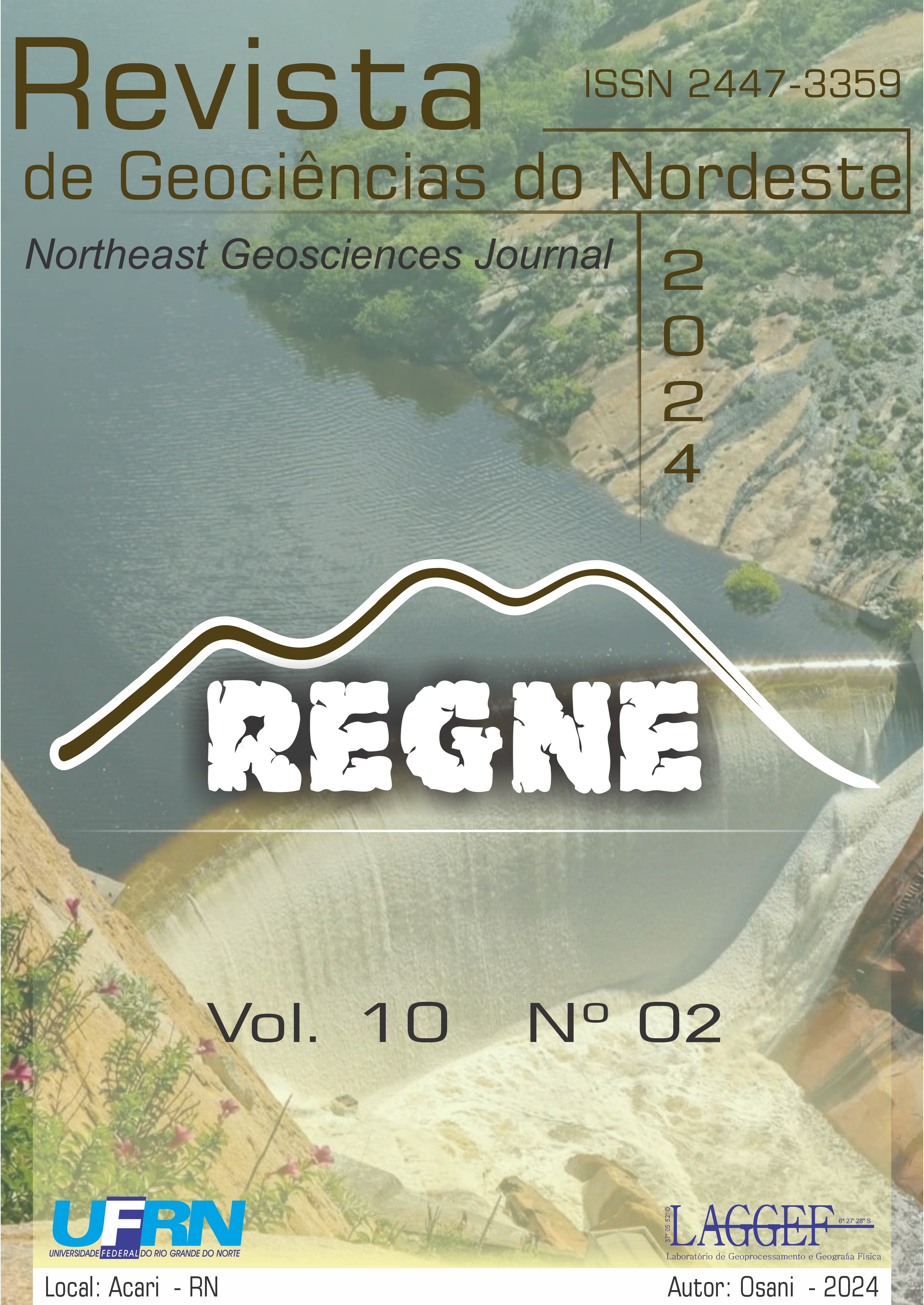Mapeamento de Indicadores Diretos de Hidrocarbonetos por Análise Conjunta de Agrupamentos: Uma Abordagem em Duas Etapas sobre Dados Sísmicos 3D
Direct Hydrocarbon Indicators Mapping via Joint Cluster Analysis: A Two-Step Approach over 3D Seismic Data
DOI:
https://doi.org/10.21680/2447-3359.2024v10n2ID35149Resumo
Este trabalho apresenta uma metodologia original desenvolvida em Python para mapear anomalias de indicadores diretos de hidrocarbonetos em dados sísmicos 3D utilizando os algoritmos de aprendizado de máquina não-supervisionados K-médias e Modelo de Misturas Gaussianas. A análise conjunta de agrupamentos consiste em implementar o filtro espacial baseado em densidade após o agrupamento das amostras e investiga os grupos interpretados como DHI com o objetivo de distinguir grupos de amostras com densidade esparsa e informações ruidosas das amostras que são, de fato, áreas de interesse para a exploração de hidrocarbonetos. Os experimentos foram realizados no dado sísmico F3 Block, da Bacia do Graben Central, Mar do Norte holandês. Para conduzir os experimentos, os seguintes atributos sísmicos foram obtidos: Decomposição Espectral de 25 e 45 Hz, Impedância Acústica Relativa, Coerência, Logaritmo do Sweetness e Amplitude Instantânea. O fluxograma de trabalho faz uso das boas práticas na inteligência artificial para treinar os modelos, como o pré-condicionamento dos atributos sísmicos, redução de dimensionalidade através da Análise de Componentes Principais (PCA) e a validação do modelo por meio de testes estatísticos. Apesar dos desafios iniciais encontrados ao tentar isolar as anomalias de DHI através do algoritmo K-Means, a abordagem em duas etapas obteve sucesso ao mapeá-las com precisão.
Downloads
Downloads
Publicado
Como Citar
Edição
Seção
Licença
Copyright (c) 2024 Revista de Geociências do Nordeste

Este trabalho está licenciado sob uma licença Creative Commons Attribution 4.0 International License.


 Português (Brasil)
Português (Brasil) English
English








